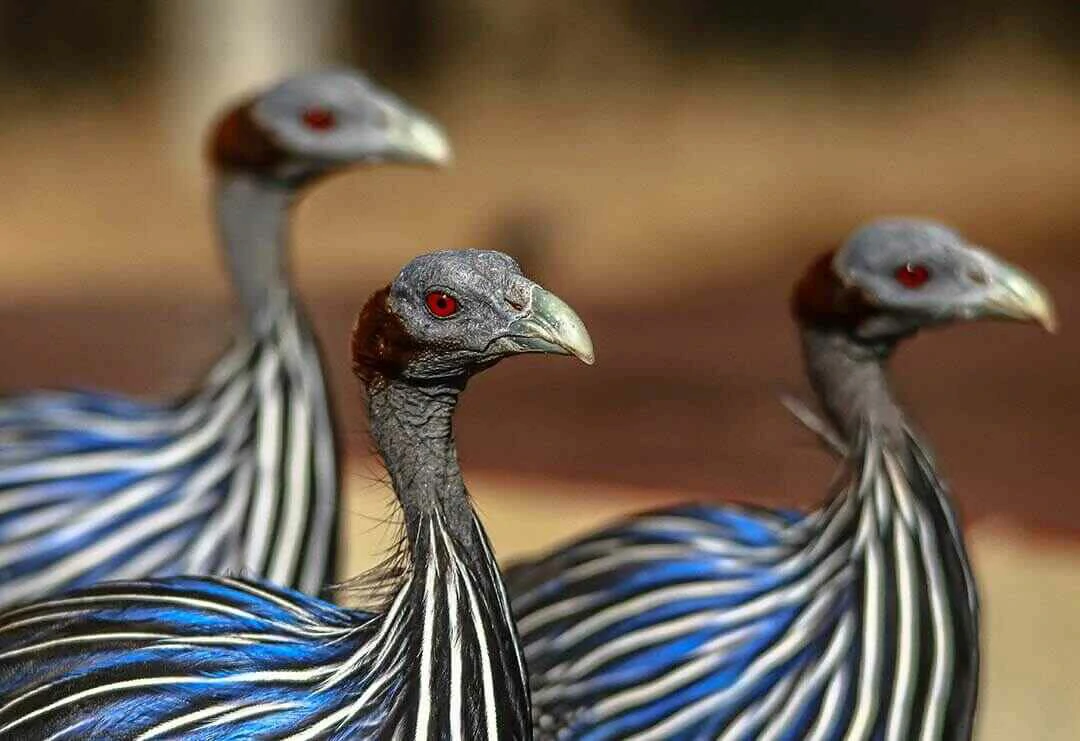
BIRDING IN
Meru National Park
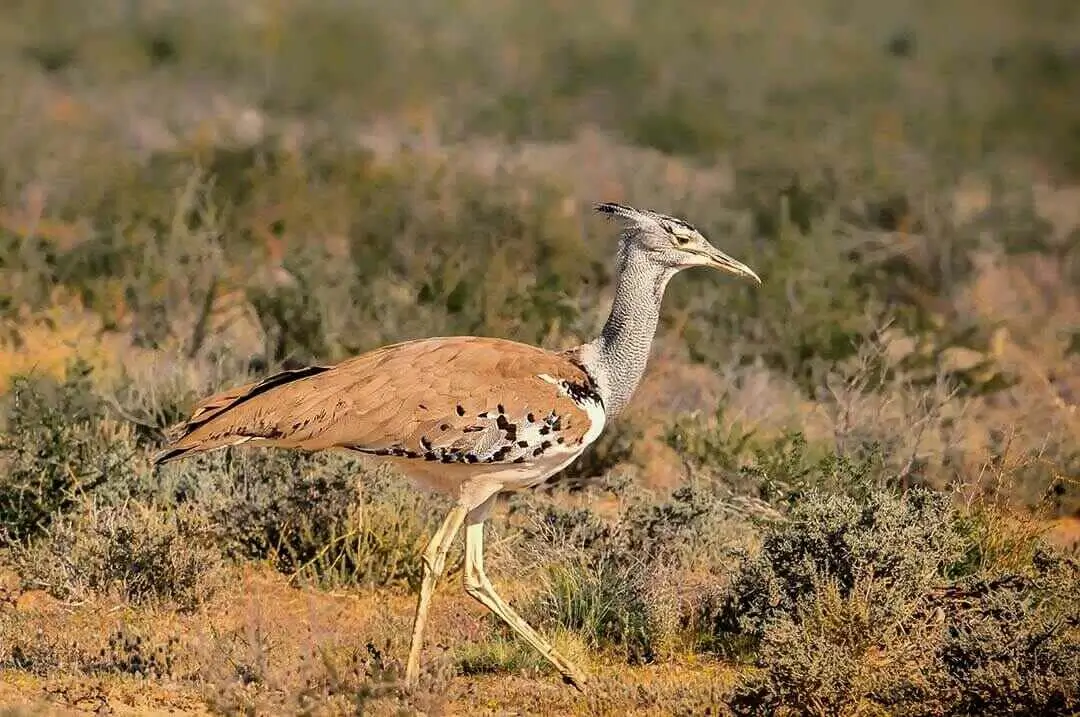
BIRDING IN
Meru National Park
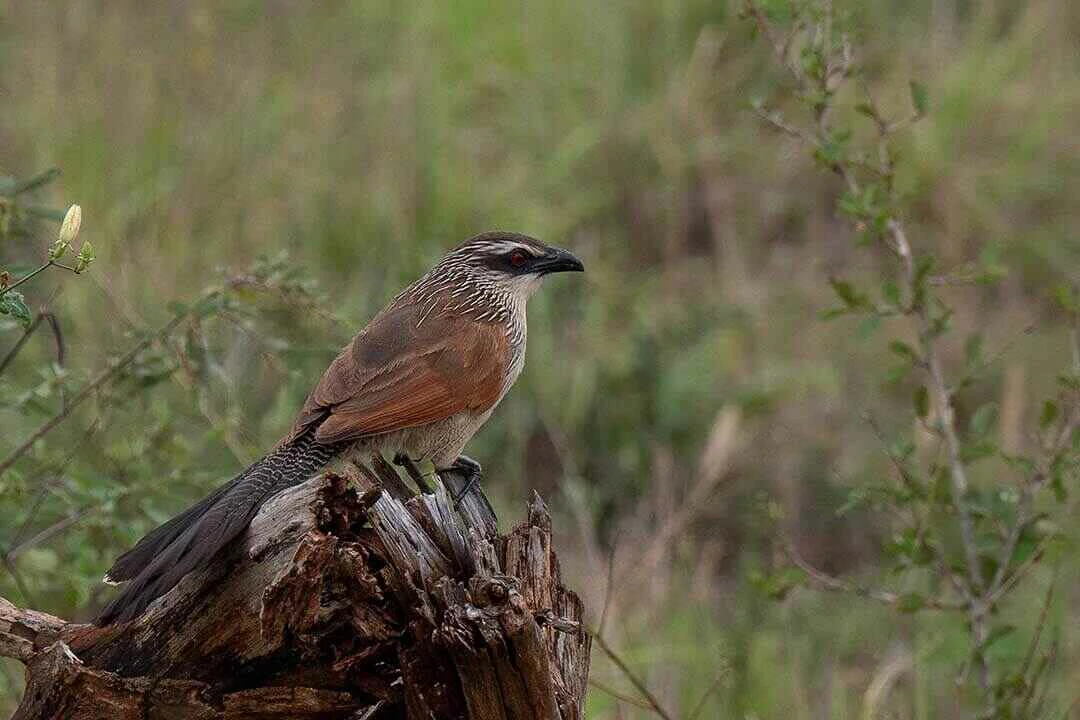
BIRDING IN
Meru National Park
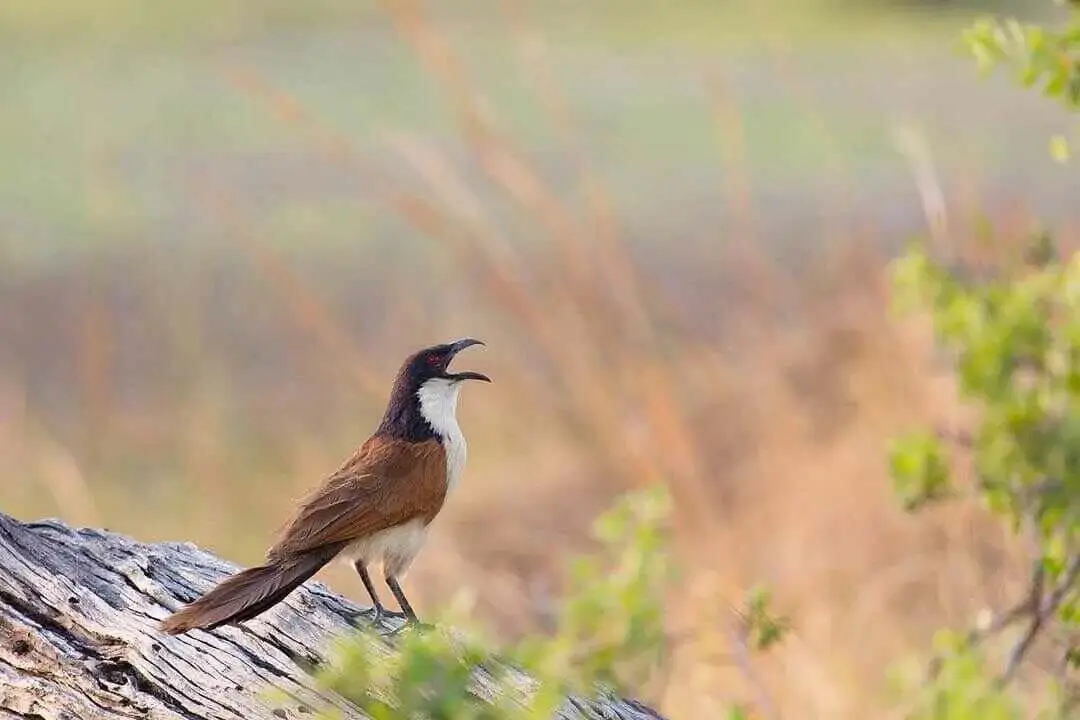
BIRDING IN
Meru National Park
Meru National Park is a savanna National Park, 85 kilometers east of Meru town in the northeastern lowlands below the Nyambeni hills. The wetter north-western sector (rainfall c.700 milimeters per year) is hilly, with rich volcanic soils. The land flattens towards the east, where grey alluvial volcanic soils appear. This area is crossed by numerous permanent streams, draining from the Nyambenis and flowing in parallel between tongues of lava, southeastwards towards the Tana river.
There are several prominent inselbergs of basement rock, notably Mughwango and Leopard Rock. The vegetation on the ridges is Combretum-wooded grassland, dominated by Combretum apiculatum. This grade into Acacia wooded grassland to the east, with Acacia tortilis and A. senegal on the rocky ridges, in riverine thickets and dotted over open country, and Doum palms Hyphaene coriacea in the numerous swampy areas near the rivers. Chloris gayana is the dominant grass in many places, with Cyperus species in the swamps.
The south and south-east (rainfall c.300 milimeters per year) is an open, semi-arid plain with red lateritic soil. This area is covered with rather uniform Acacia - Commiphora bushland, a hot, dense, thorny and inhospitable habitat. As well as the many streams that cross it, the park is bounded by three large rivers: the Tana to the south, the Ura to the south-west and the Rojeweru to the east. Riverine trees include the palms Raphia farinifera and Phoenix reclinata, Ficus sycomorus, Newtonia hildebrandtii, Acacia elatior and A. robusta. Along the Tana river is found the Tana River Poplar Populus ilicifolia. Meru is part of a complex of protected areas along the Tana river that includes the adjacent Bisanadi and North Kitui National Reserves (to the east and south, respectively), Kora National Park and Rahole National Reserve. These areas are better protected on paper than on the ground, however, and their birdlife (though generally little known) appears less rich than Meru's.
The park's avifauna is generally diverse, with around 300 bird species recorded. The threatened Turdoides hindei, which has a very restricted range in central Kenya, has recently been recorded, near Kindani and Nyati Camps in the south-west part of the park. Regionally threatened species include Ephippiorhynchus senegalensis (known to breed), Polemaetus bellicosus (status unknown), Podica senegalensis, Scotopelia peli and Phoeniculus granti.
Meru is an excellent birding destination. It has several northern Kenya specials, including the impressive Somali ostrich, Boran cisticola and vulturine guineafowl. The noisy yellow-necked spurfowl is very common and the sought-after Hinde's babbler can sometimes be spotted as well. Others include; African finfoot, , Bat hawk, Black-faced sandgrouse, Boran cisticola, Buff-crested bustard, Golden palm weaver,Golden-breasted starling,Grant's wood-hoopoe, Hinde's pied babbler, Martial eagle, Northern pied babbler, Palm-nut vulture, Pel's fishing-owl, Rufous chatterer, Saddle-billed stork, Somali bee-eater, Somali ostrich, Taita fiscal, Vulturine guineafowl, Yellow-necked spurfowl.
Meru offers good bird watching throughout the year, but the best time is from November to April when the migrants from Europe and North Africa are present. This coincides with the breeding season when many species are nesting. Although good for birding, April tends to be very wet and is a less productive time for wildlife viewing.
Our Experts are ready to provide answers
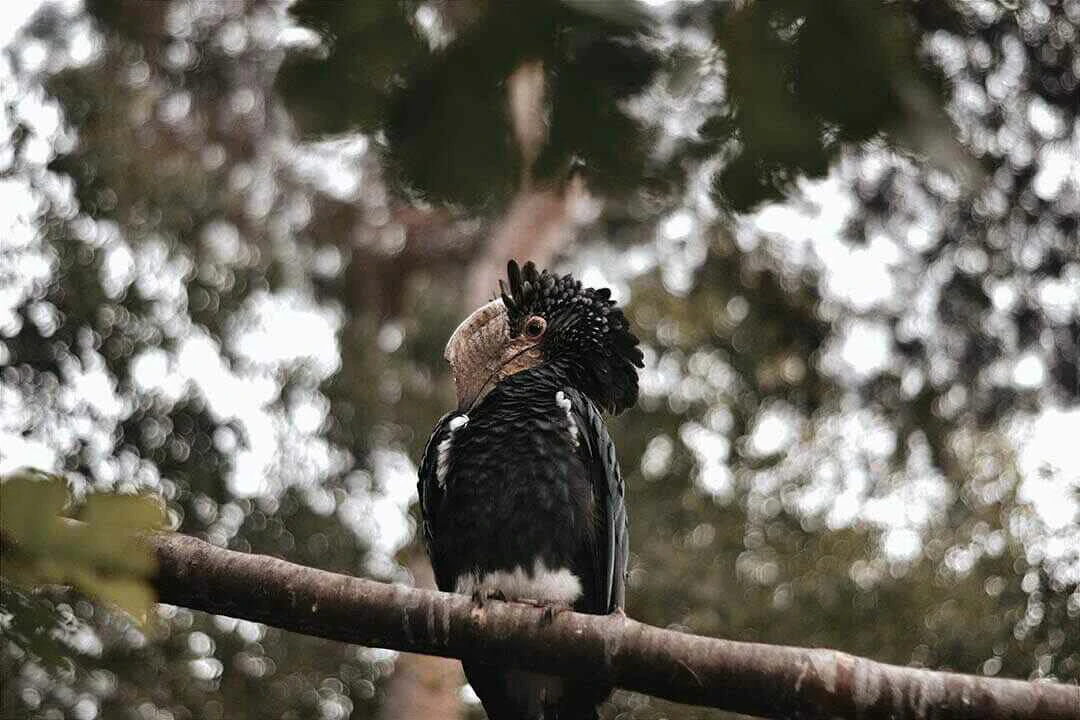
Over 200 bird species have been recorded, including Aviceda cuculoides, Buteo oreophilus, Francolinus jacksoni, F. psilolaemus and Tauraco hartlaubi. Nectarinia johnstoni is found on the high peaks, foraging largely on lobelias, while other montane sunbirds (including Nectarinia tacazze, N. reichenowi, N. famosa and N. mediocris) are common at slightly lower altitudes.
Read More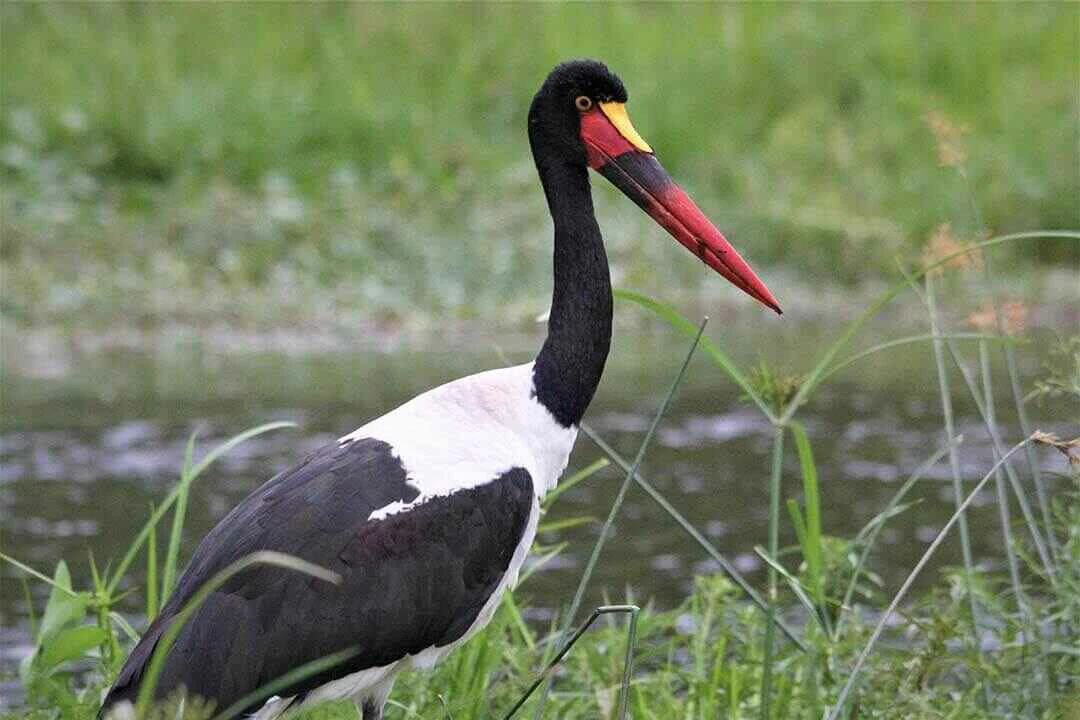
Some 244 bird species are known from this Important Birding Area. The area is important as the southern limit of many Sudan - Guinea Savanna biome birds. The most interesting species known from this little explored region is the submontane sunbird Nectarinia preussi of the Afrotropical Highlands biome.
Read More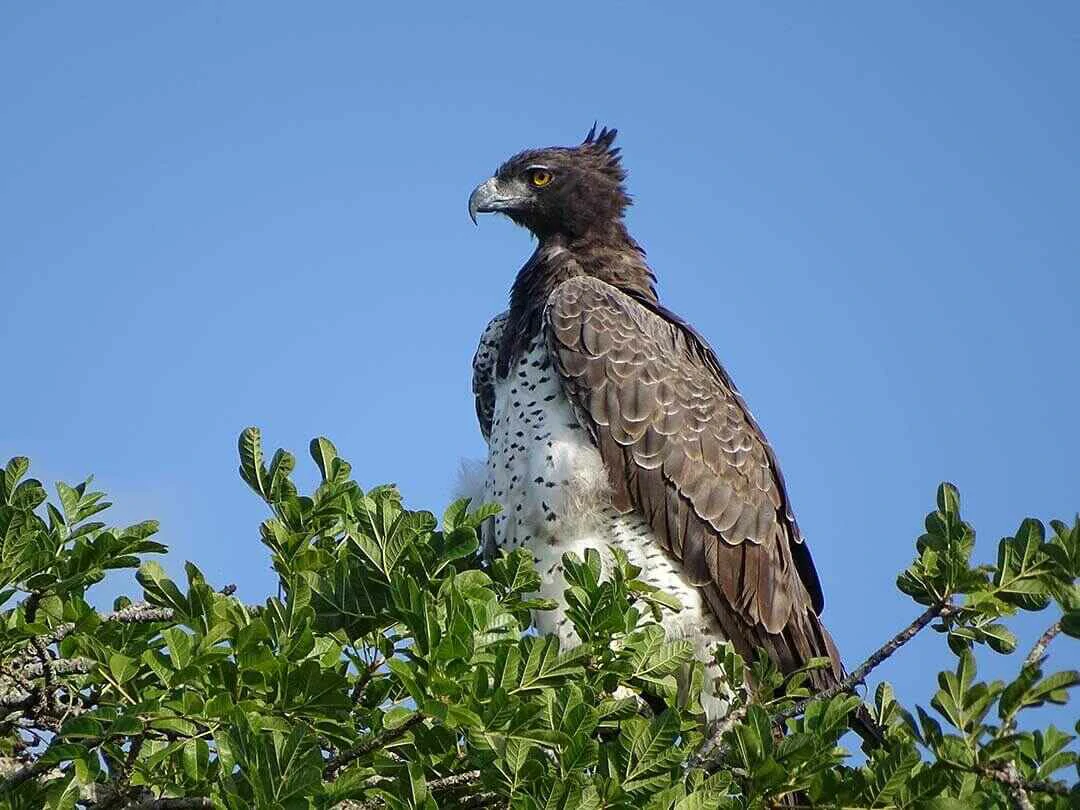
At least 16 bird species occur in Kakamega but nowhere else in Kenya, and another 30 (such as Psittacus erithacus) are probably now confined to this site. The grassy glades have their own distinctive avifauna, with many moist-grassland species that are now rare elsewhere in western Kenya. Regionally threatened species include Circaetus cinerascens (fairly common resident), Hieraaetus ayresii (relatively abundant),
Read More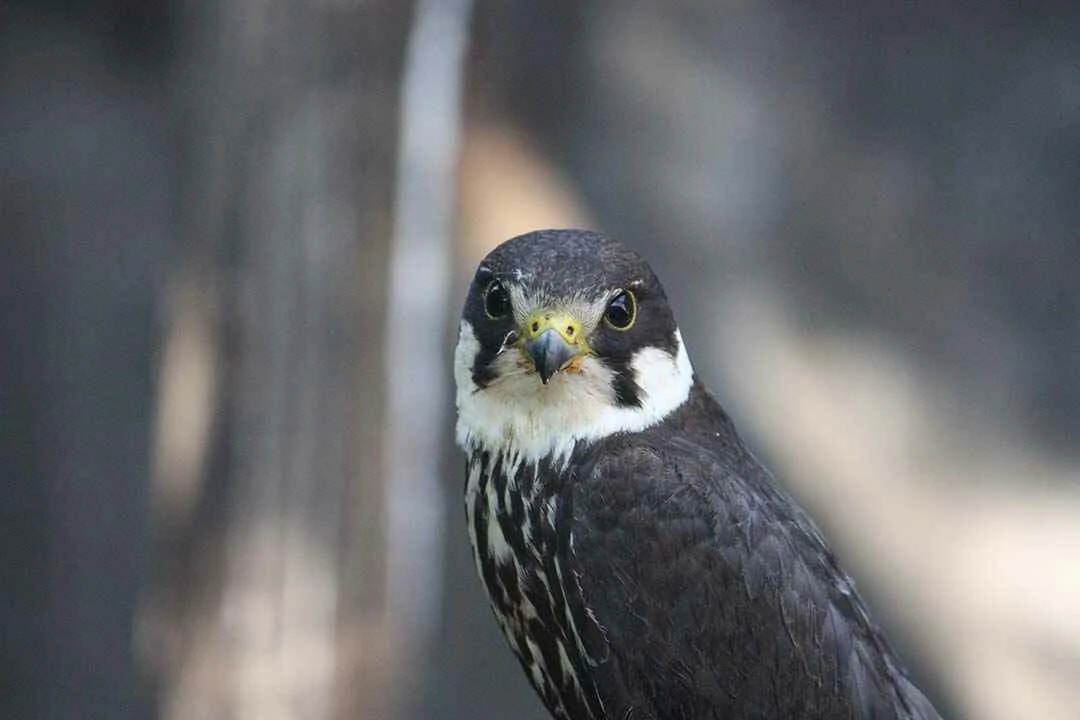
This is probably the world stronghold of Macronyx sharpei, a threatened Kenya bird endemic. The species is confined to grassland, preferring short-grass fields with tussocks, and in good habitat occurs at densities of 0.8 individuals/ hactares. Cisticola aberdare is thought to occur in the higher parts of the plateau, close to the Aberdare mountains,
Read More
Lake Elementeita is home to 13 globally threatened bird species and some of the highest bird diversities in the world. Due to the assemblage of various birds of conservation concern, such as the threatened, range-restricted Grey-crested Helmet-shrike nearly threatened which occurs in the surrounding woodland where it may be resident.
Read More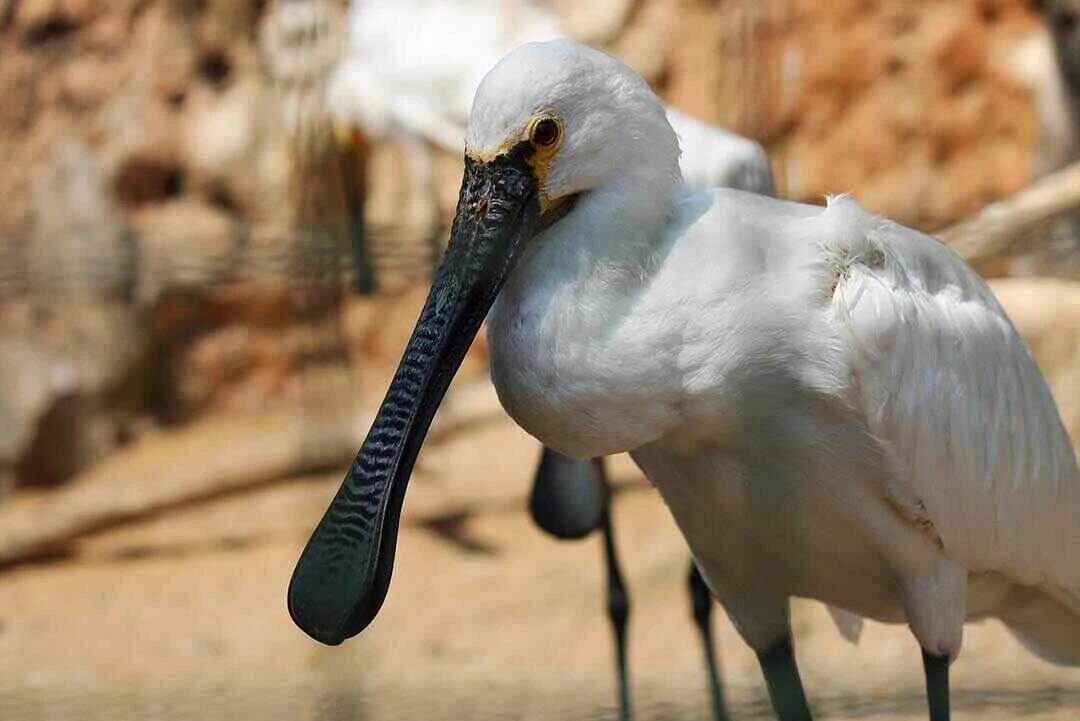
Bird life is concentrated at the lagoons. Phoenicopterus minor is often present in internationally important numbers though Magadi is a much less significant feeding site for this species than Bogoria or Nakuru.
Read More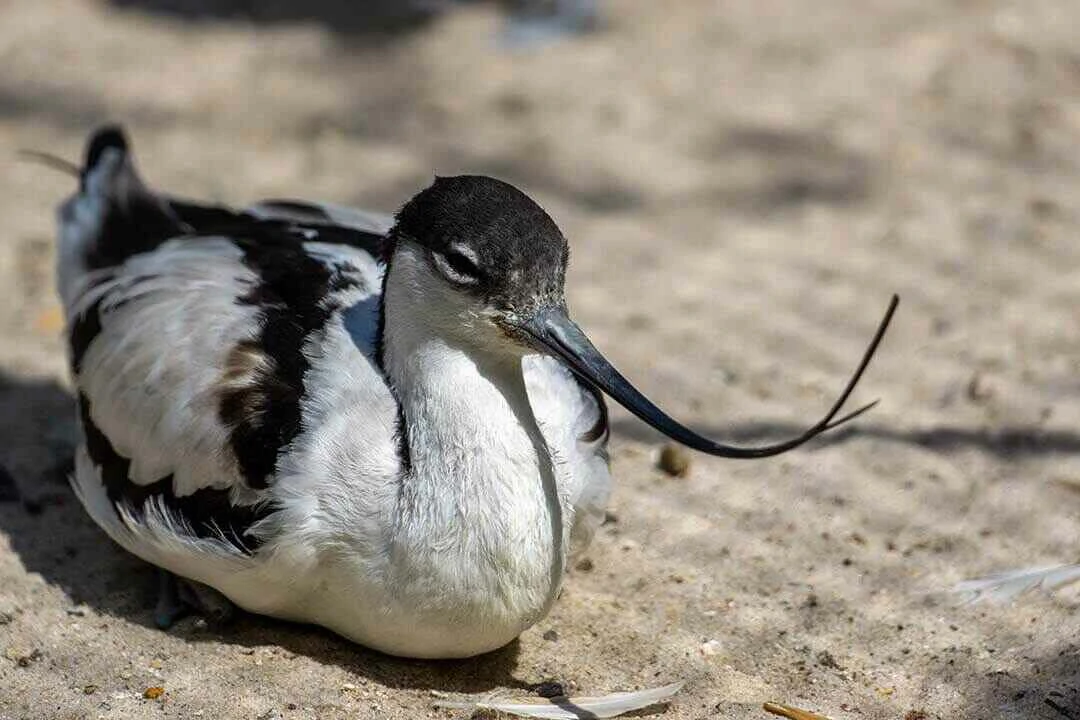
Lake Naivasha and its surrounding harbour numerous bird species that include kingfishers, pelicans, great cormorants, fish Eagles, Pelicans, Grey-backed fiscal, hawks, cuckoos, woodpeckers, shrikes, Cape Teal, Pied Avocet, Black Heron, Goliath Heron, Maccoa Duck, Great White Pelican, Common Greenshank, Ruff, Green Sandpiper, Hilderbrandt's Francolin, Arrow-marked Babbler, African Fish Eagle.
Read More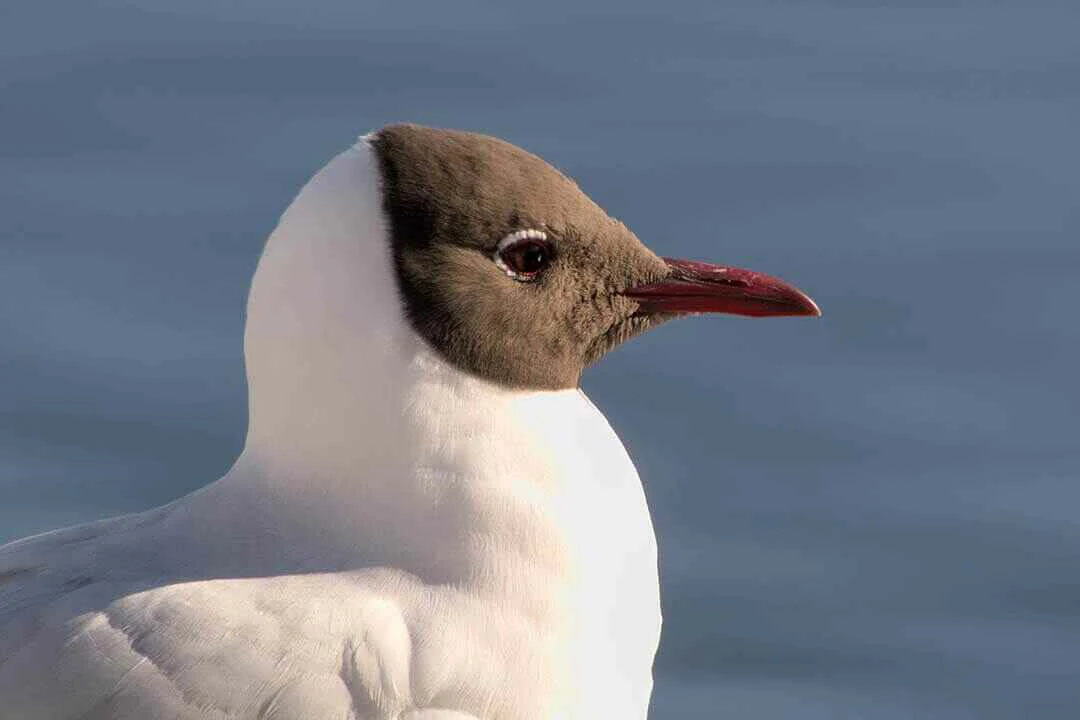
The lake is internationally famous for its populations of Phoenicopterus minor; numbers can reach 1.5 million at times, though drastic and unpredictable fluctuations occur. Undoubtedly Nakuru is a very important feeding site for this species; attempts by flamingos to breed here have not been successful.
Read More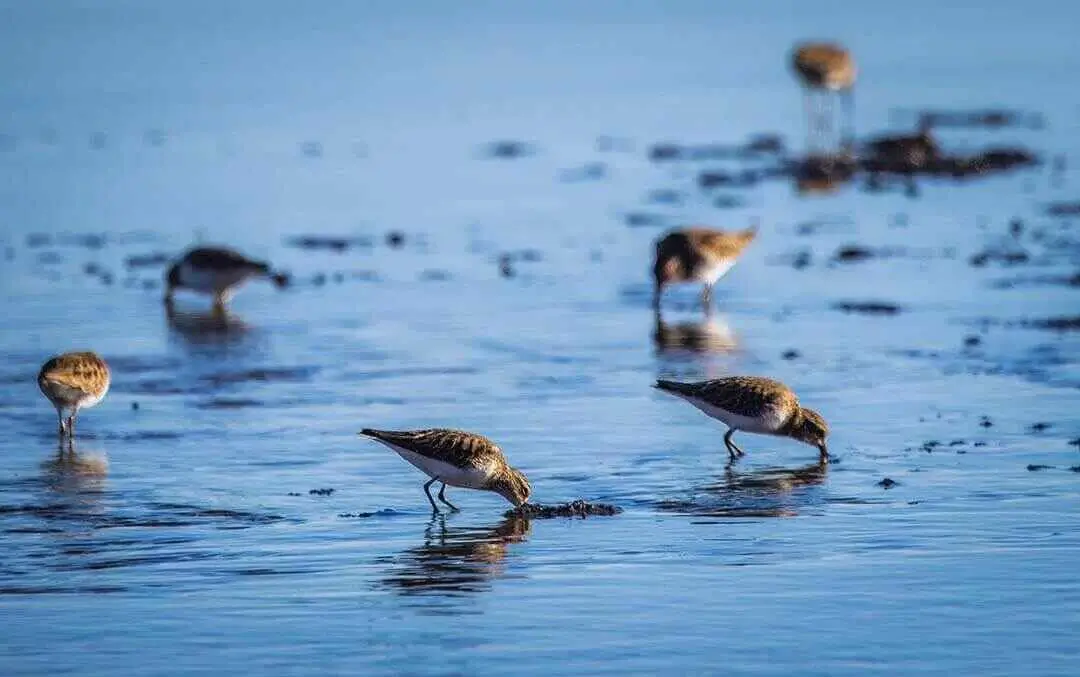
Turkana is an extremely important waterbird site: 84 water bird species, including 34 Palearctic migrants, have been recorded here. Over 100,000 Calidris minuta may winter, representing more than 10% of the entire East African/South East Asian wintering population.
Read More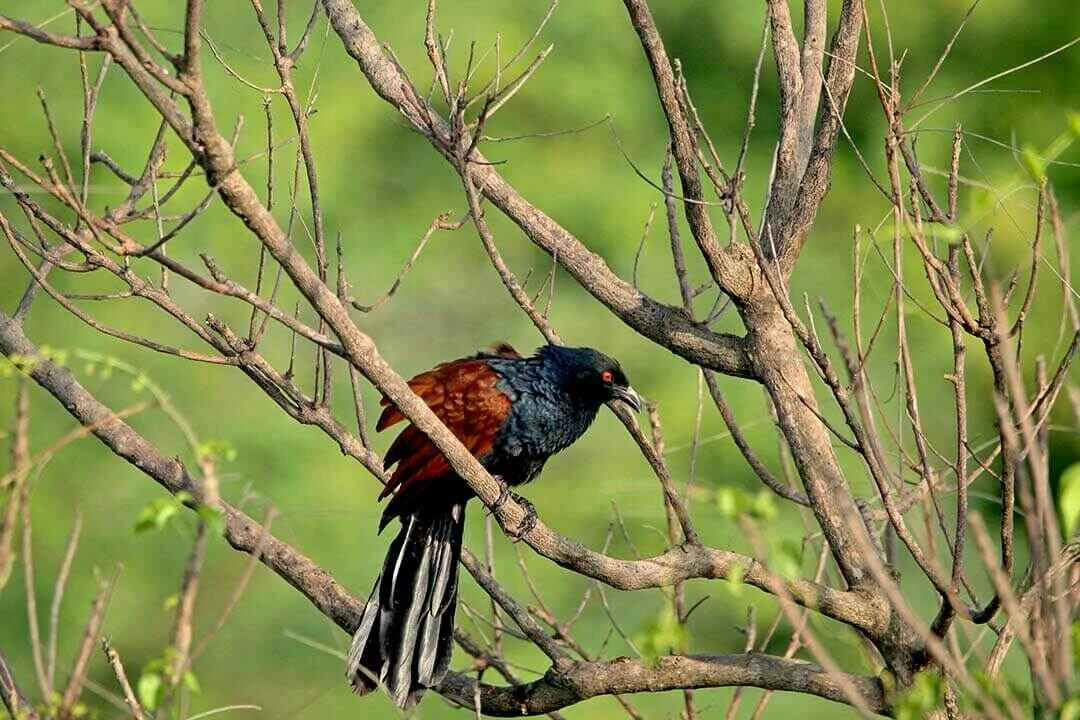
The Mara's extensive grasslands are a stronghold for the threatened, migratory Crex crex and the near threatened, restricted-range Euplectes jacksoni. The woodlands around the reserve are probably the centre of abundance for the threatened, restricted-range Prionops poliolophus.
Read More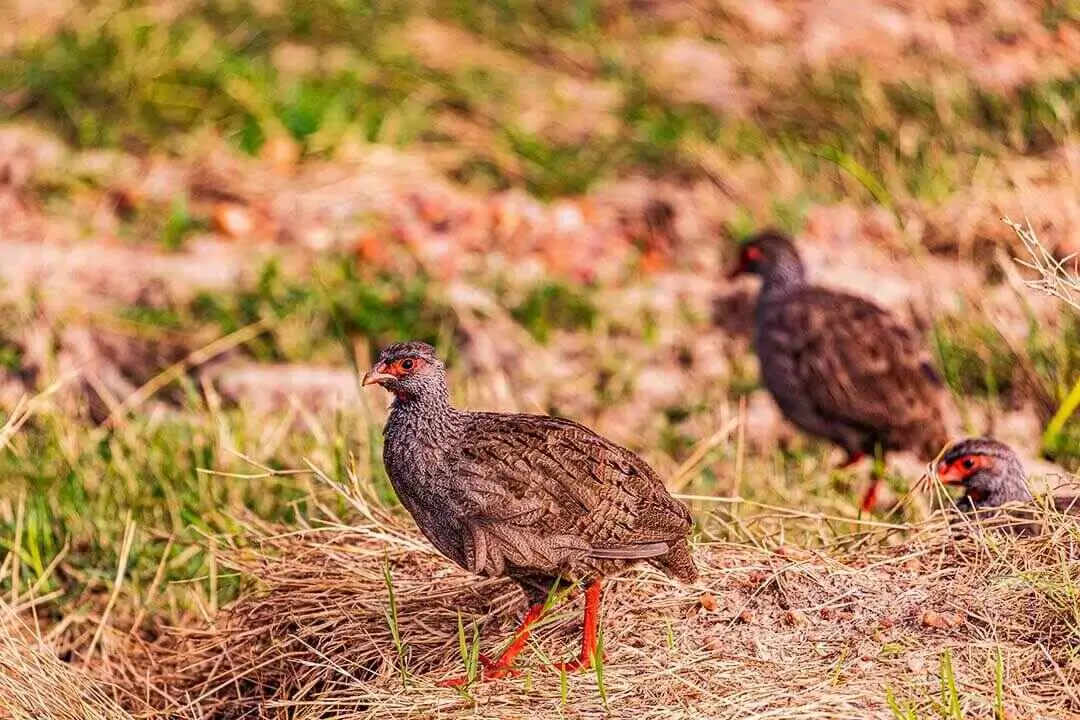
A number of regional endemics occur such as Tauraco hartlaubi and the restricted-range Cisticola hunteri and Francolinus jacksoni. Regionally threatened species include Hieraaetus ayresii (scarce and local), Stephanoaetus coronatus (resident in small numbers), Tyto capensis (no recent records), Bubo capensis, Glaucidium tephronotum (fairly common), Indicator exilis, Sheppardia polioptera (uncommon and local), and Campephaga quiscalina (uncommon resident).
Read More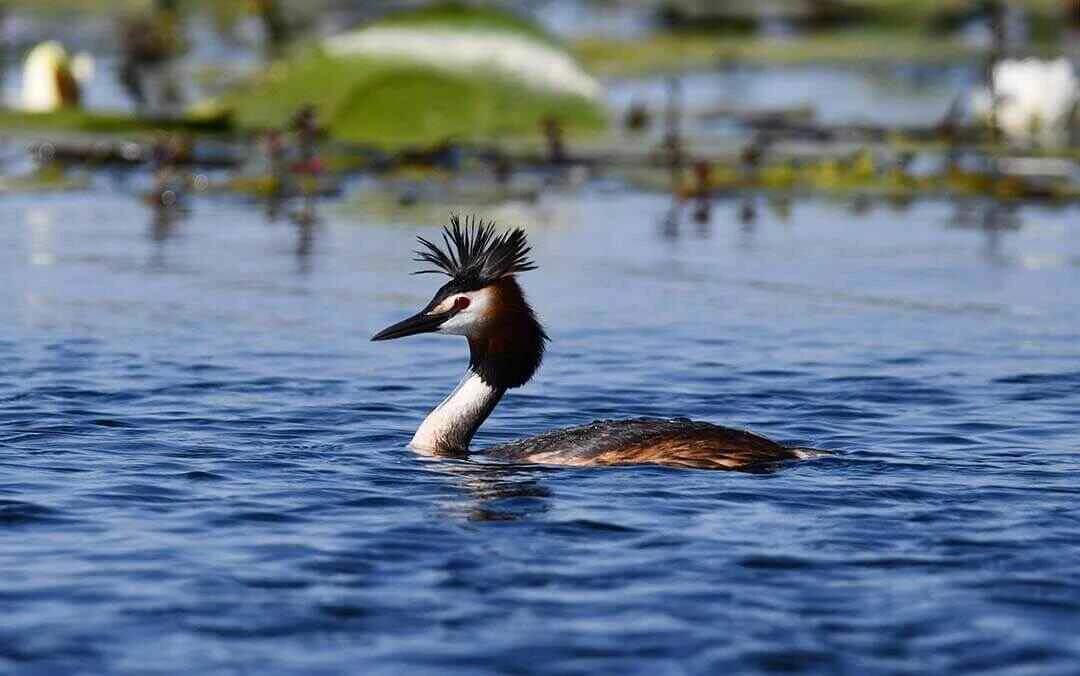
Key species here include Macronyx sharpei and Cisticola aberdare both known to occur, but their current status and distribution within the Important Bird Area are unknown. Falco naumanni is a formerly regular Palearctic passage migrant, and Gallinago media is an uncommon Palearctic winter visitor.
Read More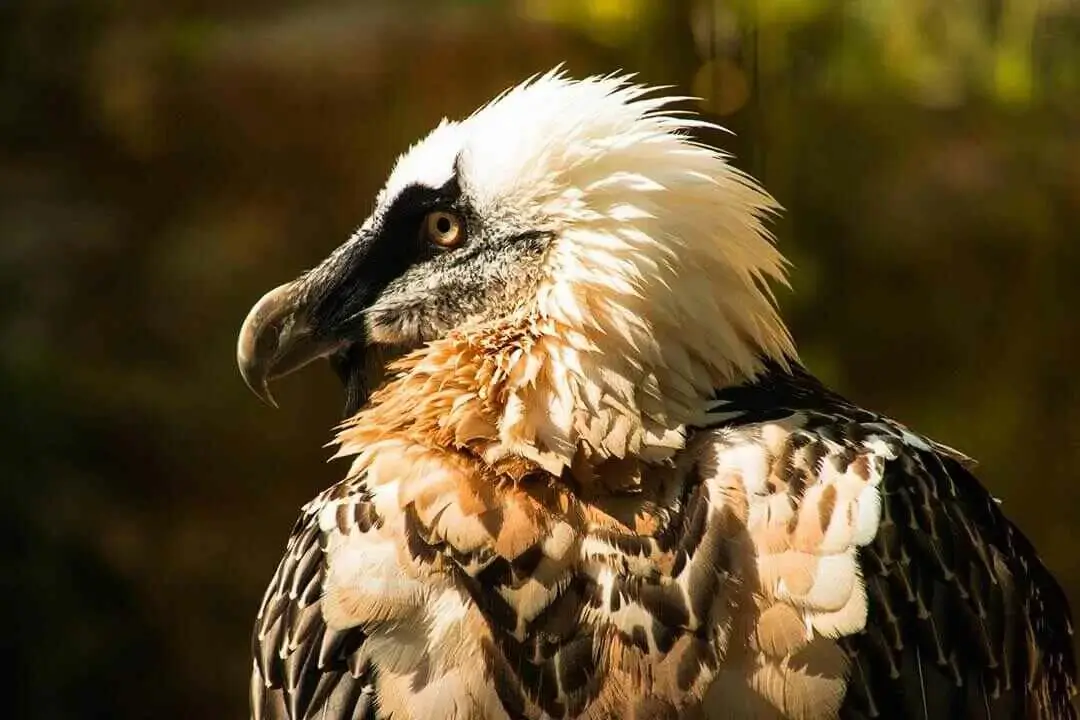
Mount Elgon National Park is home to 305 species of birds most of which are only found, Jackson's and Moorland Francolins, endemic to Kenya, Hartlaub's Turaco, Black-collared Apalis, and Streaky-headed Seedeater.
Read More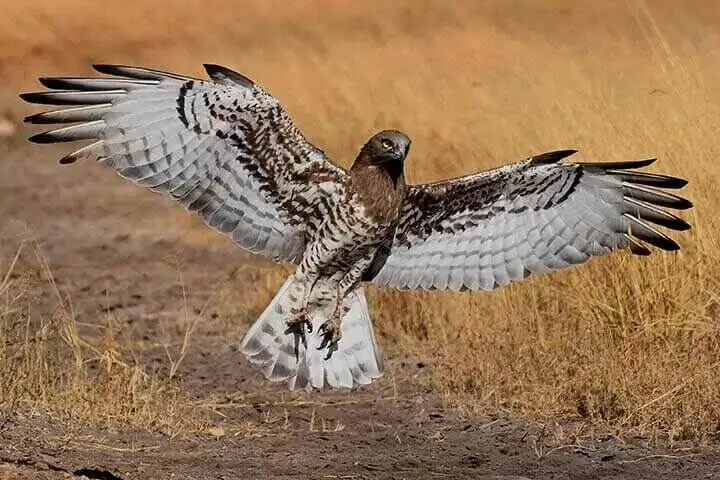
Mount Kenya National Park is home to 305 species of birds most of which are only found, Jackson's and Moorland Francolins, endemic to Kenya, Hartlaub's Turaco, Black-collared Apalis, and Streaky-headed Seedeater.
Read More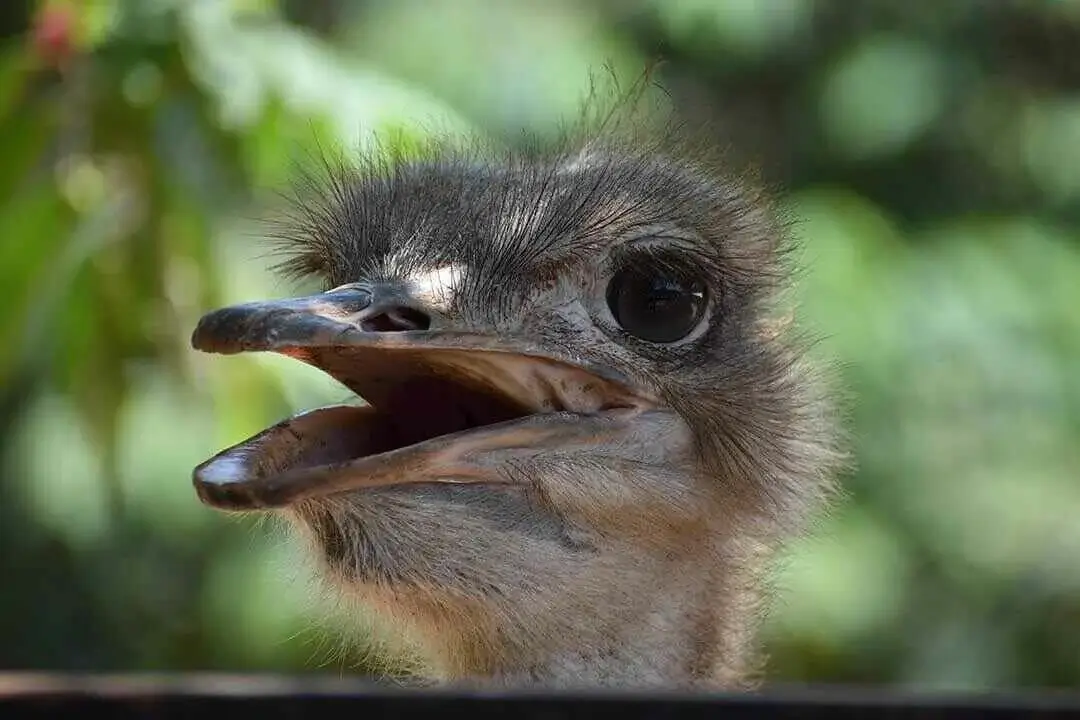
Nairobi National Park is an important roosting site for Falco naumanni flocks on passage (up to 5,000 have been recorded), although numbers have declined markedly in recent years. The substantial area of undisturbed grassland is of great importance for species such as the restricted-range Euplectes jacksoni, which breeds here regularly after good rains
Read More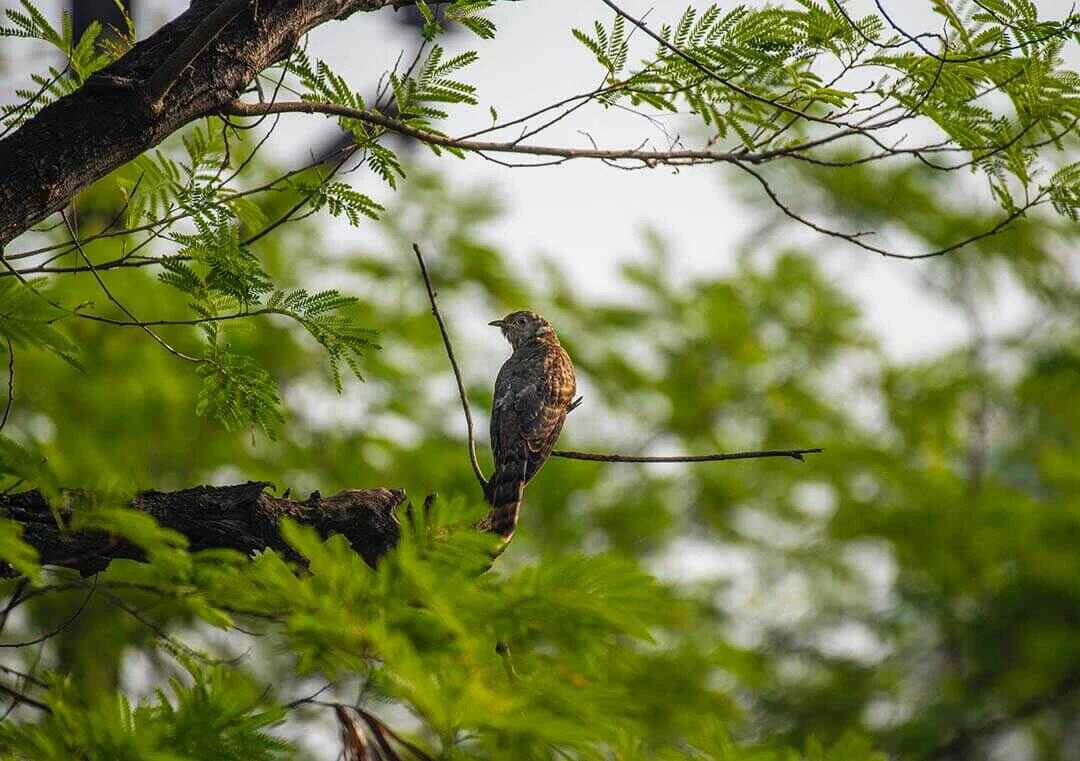
Ruma National Park is a birding destination with over 400 species of birds recorded in the park, making it an important bird area, the rare intra African migrant, the blue swallow is one such avian species.
Read More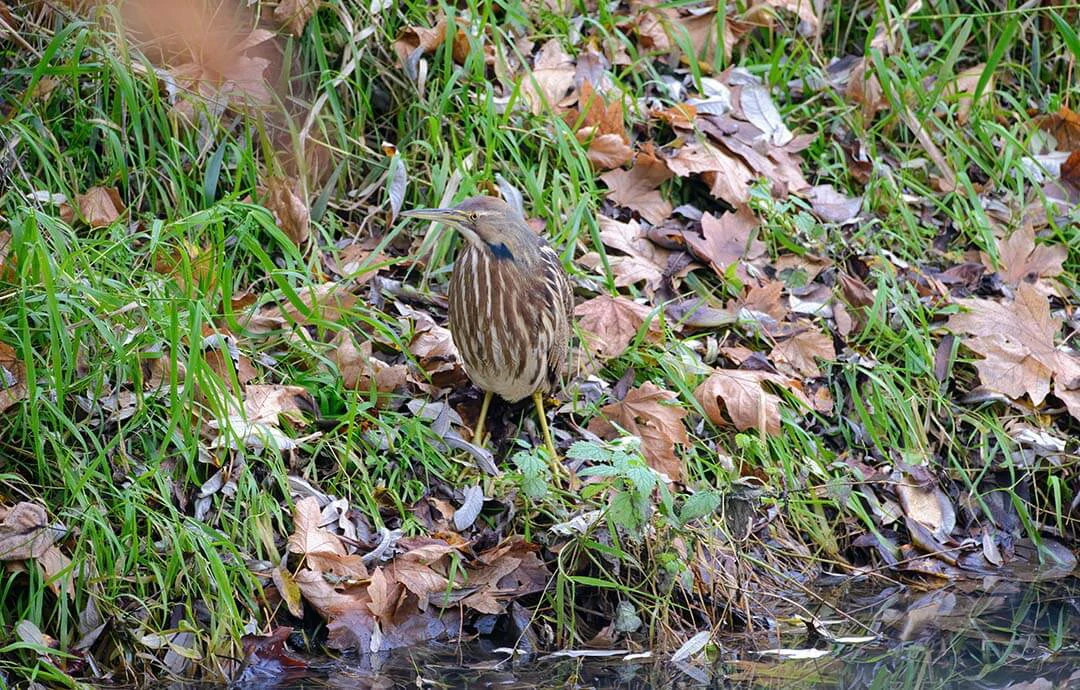
Saiwa National Park Birds include, Dwarf Bittern, Western Reef Heron, Goliath Heron, African Fish Eagle, African Marsh Harrier, Bat Hawk, Wahlberg's Eagle, Allen's Gallinule, African Green Pigeon, Ross's Turaco, Blue-headed Coucal, Narina Trogon, Abyssinian Roller, Mustached Green Tinkerbird, Slender-billed Greenbul, Grey-winged Robin-Chat, African Thrush, White-browed Crombec, Black-throated Apalis, Black-throated Wattle-eye, African Blue Flycatcher, Brown Flycatcher, Yellow-billed Shrike, Marsh Tchagra, Bronze Starling, Heuglin's Masked Weaver, Hartlaub's Marsh Widowbird Black-bellied Seedcracker
Read More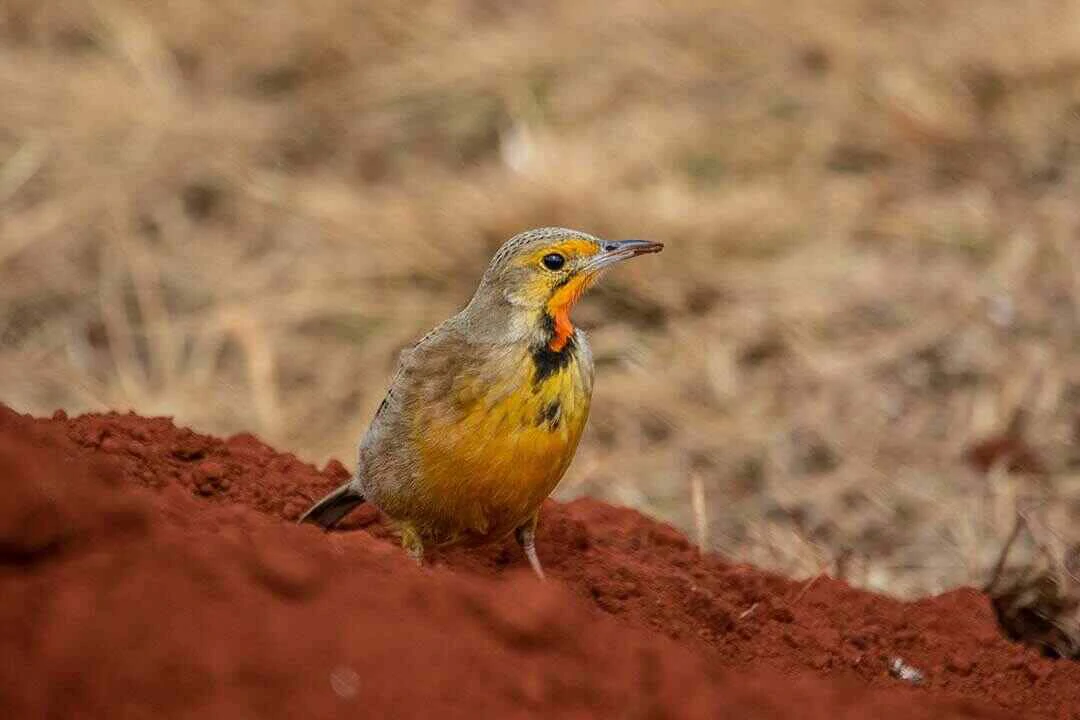
Tsavo East National Park is the one of the best birding safari destination in Kenya and the entire East African region. It has many dry- country specials which are easy to spot, including the bravura golden- breasted, golden pipit and the Vulturine Guinea fowl. The park is also south most known for the Somali ostrich.
Read More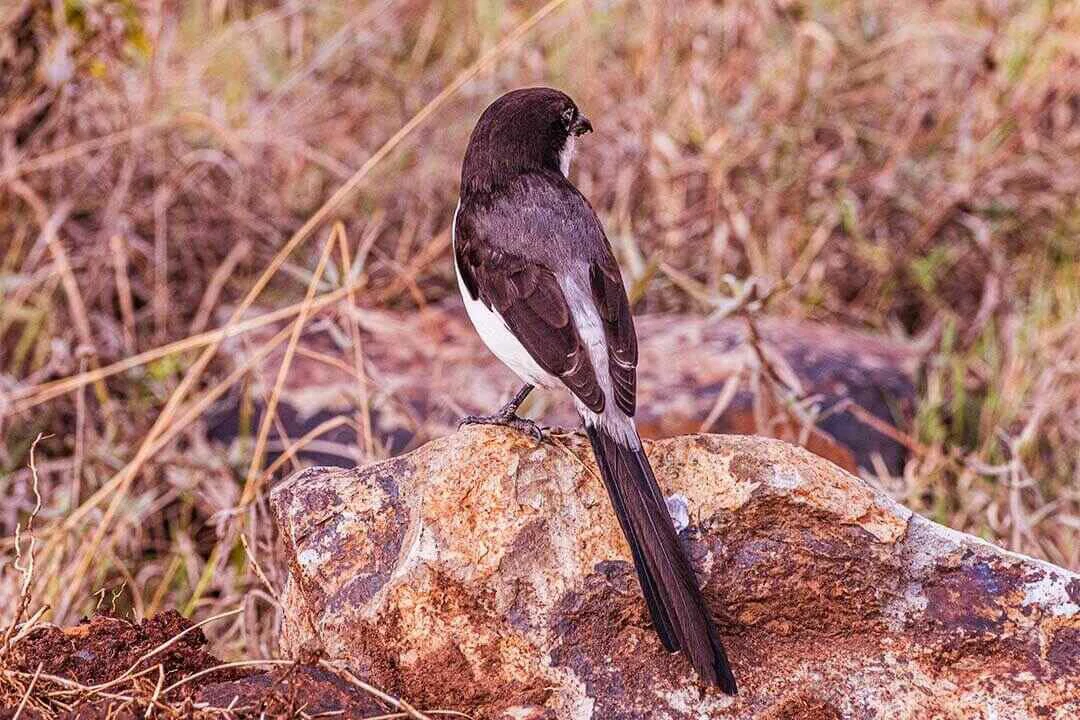
Tsavo West has a rich avifauna. The enigmatic, Near Threatened Mirafra pulpa has been recorded singing and displaying in years of good rains, and presumably nests here. Tsavo West forms part of a corridor of natural habitat in eastern Kenya through which vast numbers of Palearctic birds migrate, especially in November and December.
Read More